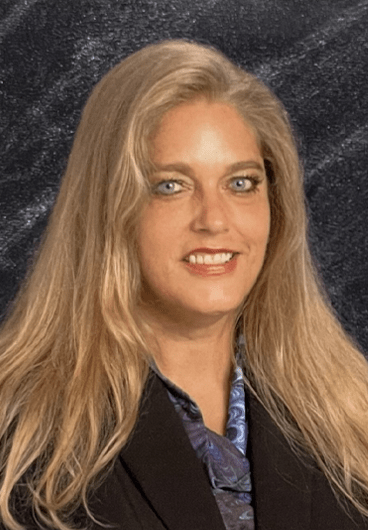
Chantel Black
Ptarmigan Elementary School
Anchorage, Alaska
black_chantel@asdk12.org
Best Practices
1) Student Assessments: As part of our school improvement plan, my principal and I wanted to address our low test scores. Our school is 27 percent English learners, with over 100 languages spoken in our city. We have many students that are homeless and 22 percent of our students are special education. Even though we are a neighborhood school, or a walk-to school, our chronically absent students are over 30 percent. We are lucky to have an amazing staff that nurtures our students and comes up with ways to reach out to all the needs they have. As instructional leaders, my principal and I came up with ways for us to recognize and instill an intrinsic sense of accomplishment with our student body when it came to student assessments.
As part of our Professional Learning Collaborative Teams, teachers create formative assessments that gauge students’ progress throughout the year. My focus was for the summative assessments that we give our students three times a year. I’m the building test coordinator. When scheduling our state and national assessments, I make sure all students have their accommodations and the supports they need. I’m also part of the DIBELS/mCLASS testing team, so I assess every student individually in the school three times a year. My principal and I hold monthly data meetings with grade levels so we can discuss student celebrations and students with concerns. Those students with concerns are sent to our MTSS team, which I’m also a part of. During these meetings, we also shift students based on their needs for their daily enrichment/remediation small groups.
To motivate the students, we have assemblies before our Benchmark assessments. We talk about the importance of doing their best work, strategies to use when frustrated or fatigued during the test, and getting enough sleep and protein before the test. We have had teachers hold goal setting conferences with their students where they go over previous scores and set a future goal. Students track their own progress and are recognized during awards assemblies for meeting or exceeding their goals. Younger students that aren’t part of the Benchmark Assessments will adopt an upper classroom and make them signs of encouragement, make them cards, and posters. I go into classrooms that are testing early in the morning and write them a letter on the white board wishing them luck and telling them I’m proud of them. At the end of last year, I had a classroom that needed some extra motivation so I told them that the student with the highest score and the student that made the most growth could throw water balloons at me. Other classrooms found out, so it became a schoolwide event. It was such a fun event, that I now do something similar for the three Benchmark assessments throughout the year. The students thoroughly enjoy getting to throw a pie in my face, water balloons, and nerf balls. Our scores are starting to rise, and students are publicly recognized for them, but the main benefit is that they feel good about their efforts and their own accomplishments.
2) Student Leadership: We have implemented a Student Council in the past two years for increased student leadership. In our School Climate Connectedness Survey, students scored very low in the following areas: the level of caring and support that student receive from peers and staff and how often they use their SEL skill in self-awareness, social awareness, self-management, relationship skills, and good decision-making. Less than half of the students believed that students helped each other in the school, that other students treated each other with respect, and wouldn’t recommend that other students should come to our school. Students weren’t feeling safe at school, but over 90 percent of the students felt that they wanted to help others and they cared about others’ feelings. Because social and emotional well-being has been our focus the past two years, we needed to start at the source: the students. Research shows that students that feel safe and contribute more at school are more likely to have higher academic achievement.
With the help of our fourth and fifth grade teachers, we created a Student Council. It was volunteer at the beginning but has grown to the point that there is now an application process. The student council has input to many areas of our school. They serve as ambassadors to new students as we are a very transient school. They show new students around the school, introduce them to key staff members, and become mentors to them. They work in the lower grade levels with students that need a buddy or a support system. They serve on the leadership team to give a students’ take on important initiatives.
Our school revised its vision and mission statements this year to reflect a living and breathing goal for our school. We incorporated our school’s mascot and developed an acronym: C.A.R.L the Timberwolf, or Compassionate, Adaptable, and Resilient Lifelong Learners. This has been shared at assemblies, parent nights, newsletters, posters, and lessons for classrooms to be taught the vocabulary and to come up with ways that demonstrate those behaviors. The Student Council was instrumental in developing it and introducing it to classrooms using a presentation that was developed in leadership meetings.
Our Student Council holds meetings twice a week. Many of their topics involve upcoming events, celebrations or assemblies, school spirit ideas, fundraising, recycling, and problem-solving concerns that come from their peers. Students that have had behavior issues in past years now serve on this team. Their sense of confidence, sense of worth, and even their increase on test scores has been very rewarding to witness.


